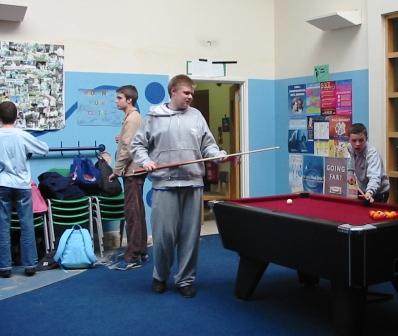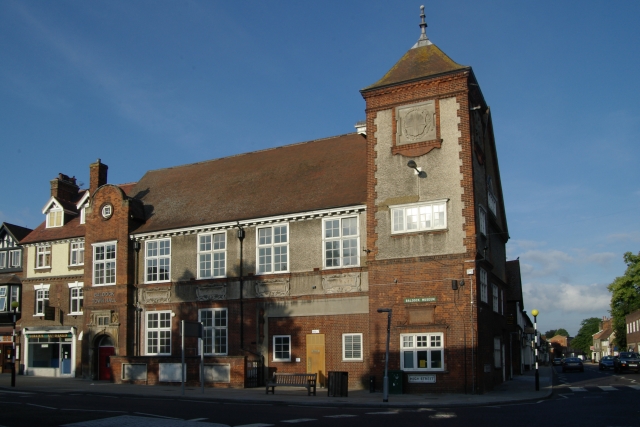Survey to Research Community Space
Development in Baldock: (Teens Only)
How
old are you?
0-10
11-15
16-20
How
long have you lived in Baldock?
0-5
years
6-10
years
10+
|
|
[ ]
Do
you feel intimidated in Baldock?
Yes
No
I
don’t know
Do
you think Baldock would benefit from new facilities such as a youth
club?
Yes
No
I
don’t know
Would
you go to a youth club if it was available?
Yes
No
I
don’t know
[ ]
What
services would you like to be provided for serious issues?
[
]
|
|


























